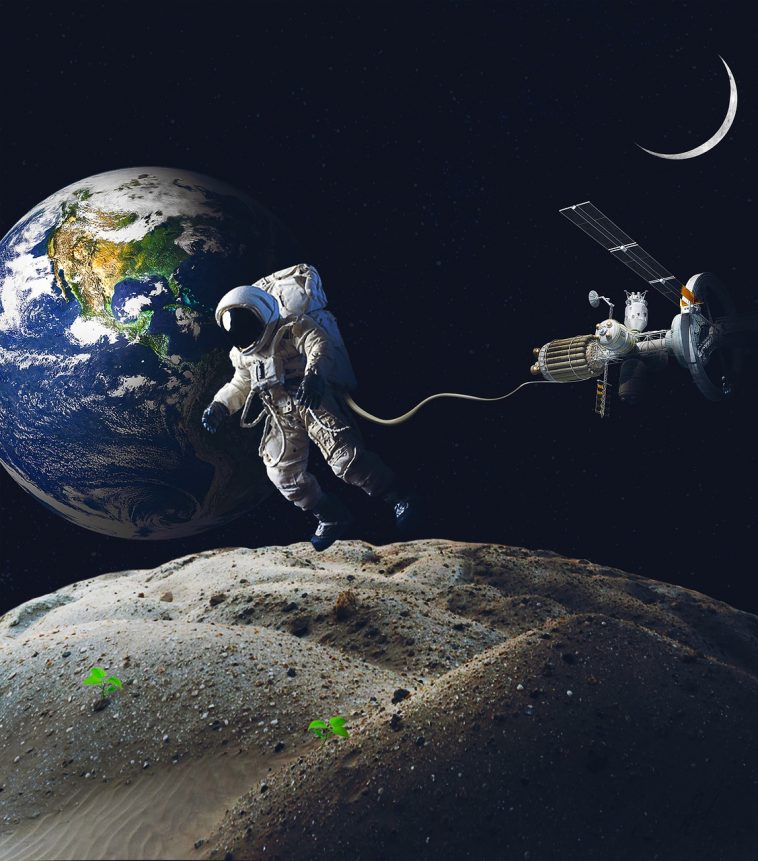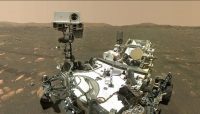Satellites not only help the Internet and television work but are also at the heart of the Global Positioning System (GPS). Satellites enable modern weather forecasting, help the scientific community track environmental changes, and play an important role in modern military technology. Those countries that do not have their own satellites to provide such services have to rely on others. For countries looking to develop their own satellite infrastructure, options are shrinking as Space Exploration becomes more and more “star-filled”. In the use of satellites, inequality has gradually emerged.
Due to the rapid commercialization, miniaturization and plummeting costs of satellite technology in recent years, more countries have benefited from space. However, there are only so many places in Earth’s orbit that can “park” satellites and are rapidly filling up. The best parking spots are in geostationary orbit above the Earth’s equator, 35,800 kilometers from the equator. But there are only 1,800 satellite slots in this orbit, and as of February 2022, 541 of those slots are occupied, with some countries and private companies holding most of the unoccupied slots. If an emerging spacefaring nation wanted to launch a weather satellite into an already-primed orbital location over the Atlantic Ocean, it would either choose a less desirable location or buy services from a country that already occupied that orbital location.
Low-Earth orbit is about 1,600 kilometers above the Earth’s surface. While not an ideal location for communications satellites, low-Earth orbit can also be used for communications if multiple satellites work together to form a constellation. Companies like SpaceX and Blue Origin are working on such projects, with plans to put thousands of satellites into low-Earth orbit over the next few years. At the current rate, major players in space are rapidly occupying these orbits, potentially monopolizing access to important satellite resources.
The future of space could be a gold rush. Asteroids are home to a surprising amount of precious minerals and metals. Later this year, NASA will launch a probe to explore an asteroid dubbed “16 Psyche,” which scientists estimate is worth an astronomical amount of iron. Mining such vast resources and transporting them to Earth will greatly boost the economic growth of the space-faring nations involved.
Another very valuable space resource is helium-3, which scientists believe can be used in nuclear fusion without producing any radioactive waste. While there are still considerable technical hurdles before helium-3 becomes a viable energy source, once it does, the presence of helium-3 on the moon and elsewhere in the solar system could meet Earth’s energy needs for hundreds of years. If space powers develop the technology to mine and use helium-3, and choose not to share the benefits with other nations, it could lead to lasting inequality.
Right now, space powers are setting norms for resource extraction. One of the risks is that competition will drive decisions that disrupt the space environment and conflict of interest, rather than focusing on what is best for everyone on Earth. The 1967 Outer Space Treaty stated that space should be used “for the benefit of all nations”. The policies formed today will determine whether this will be the case in the future.



